-

SuanSports National Day Holiday Notice & A Message of Unity Through Sports
-
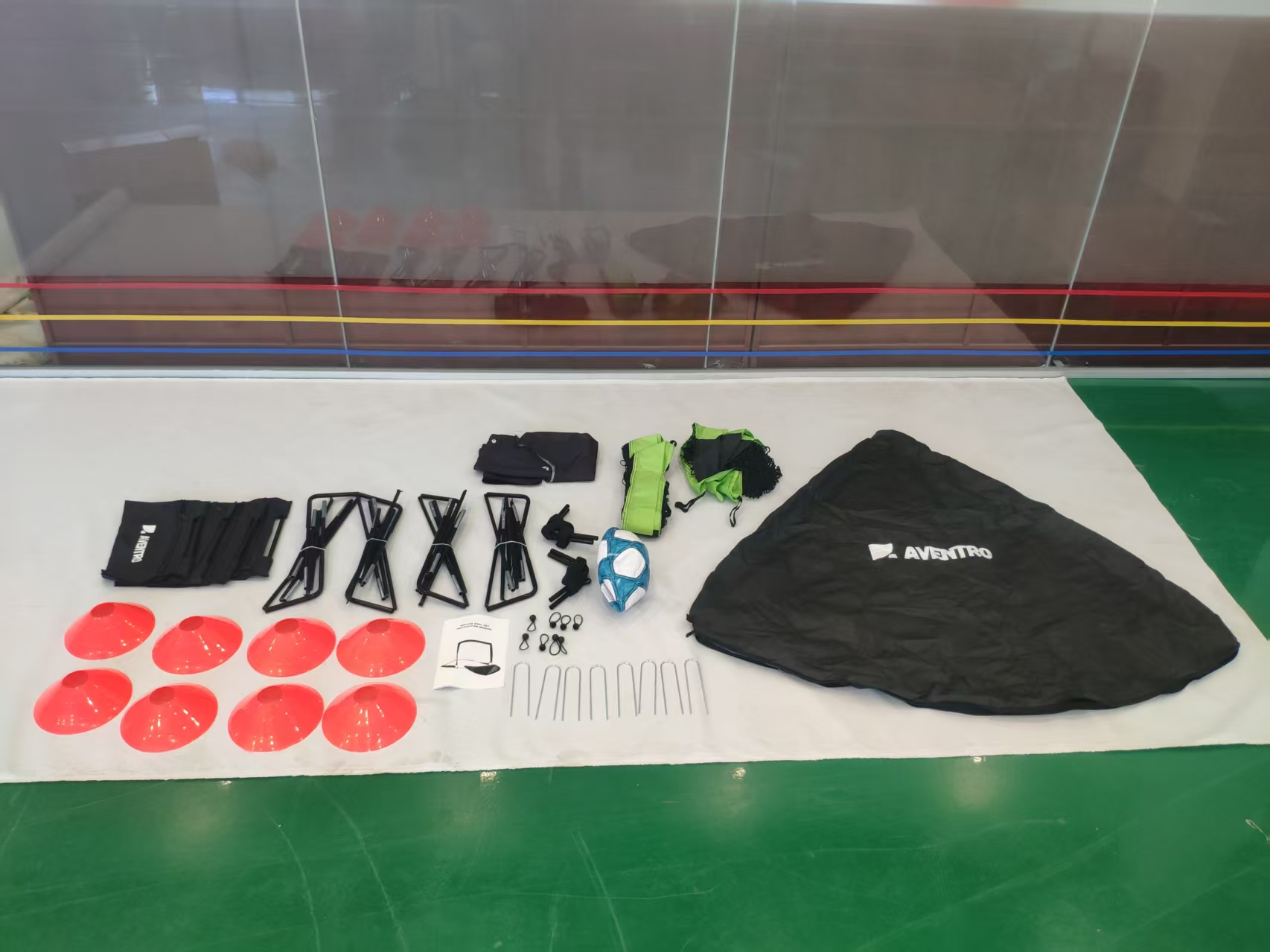
Suan Sports Showcases Customization Excellence with Innovative Foldable Fiberglass Soccer Goal
-
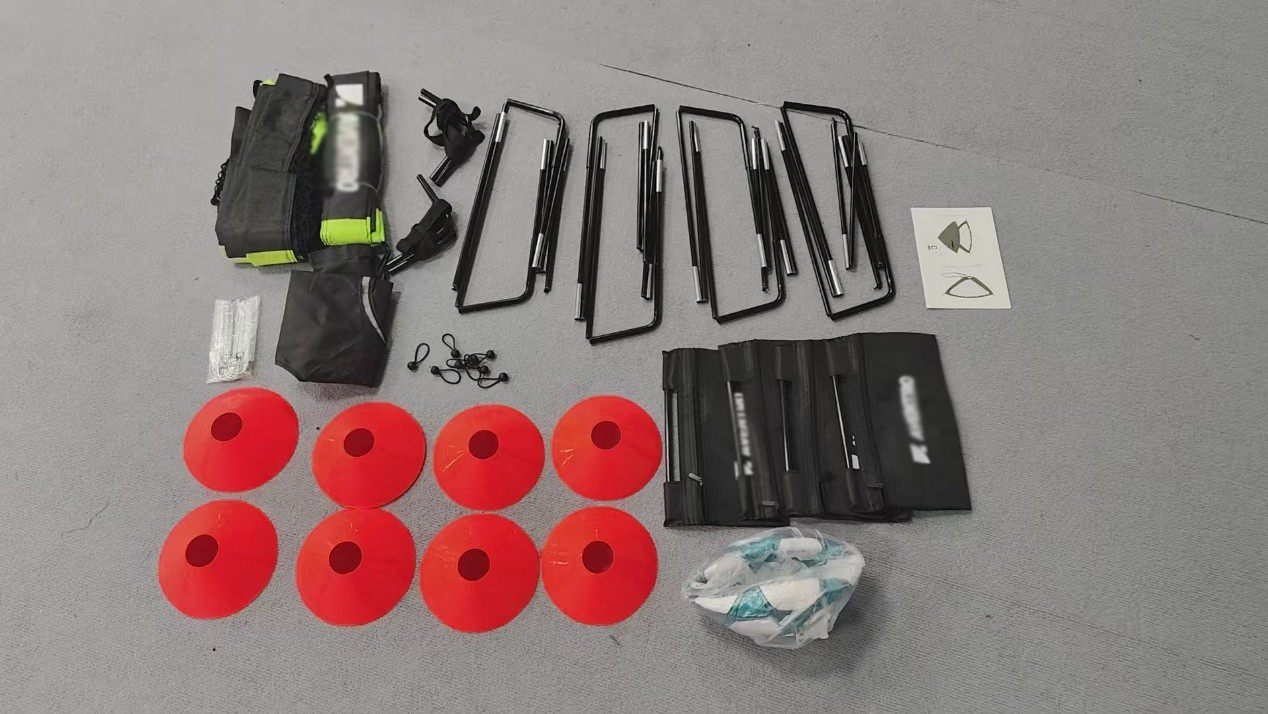
Suan Sports Demonstrates Custom Manufacturing Prowess with Innovative Foldable Soccer Goal
-
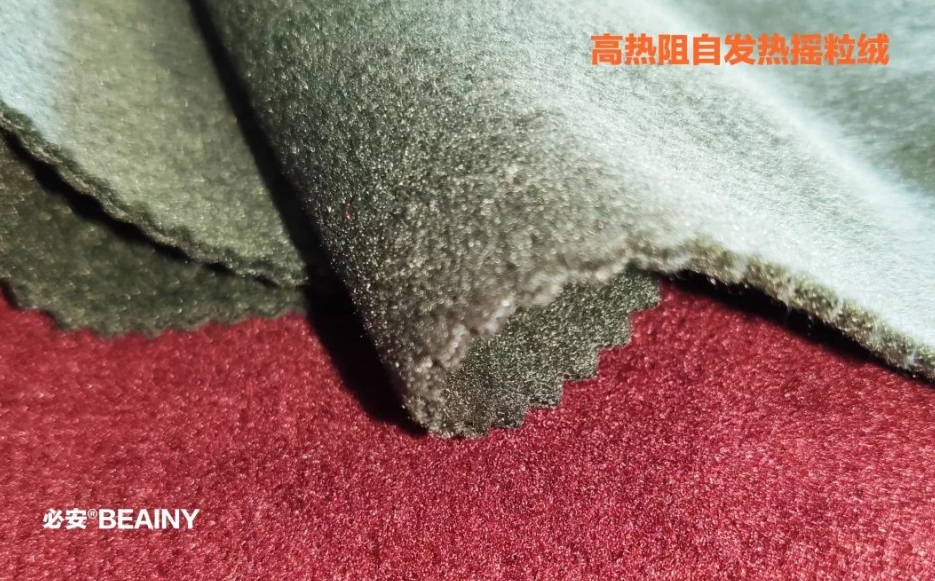
Introduction of polar fleece fabric
-

Horse Fluffer Comb Becomes an Essential Tool in Modern Horse Care
-
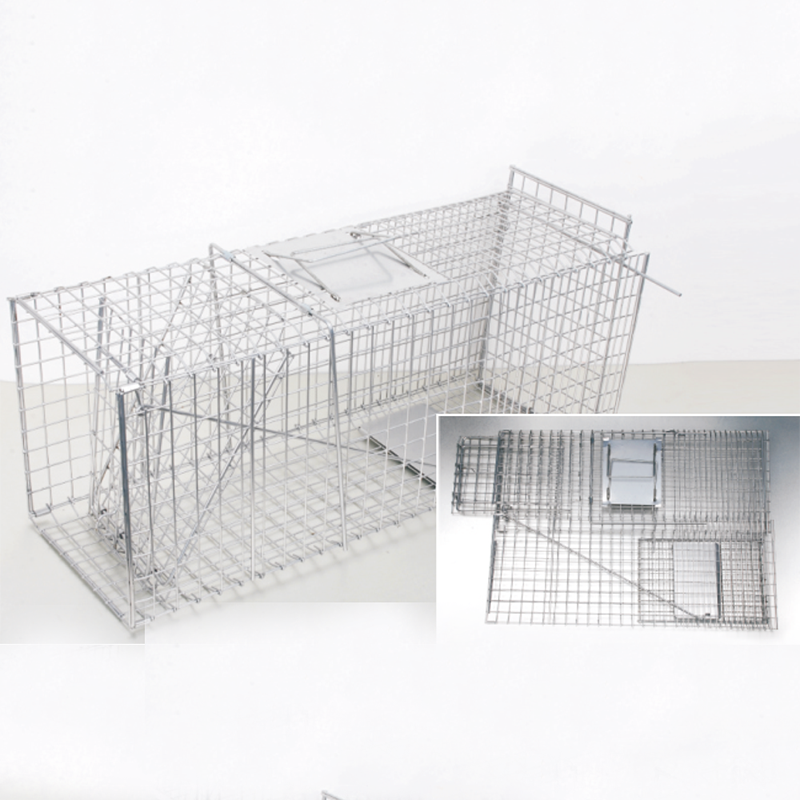
Collapsible Animal Traps Offer Humane and Convenient Wildlife Control
-

Which radiators are the best
Radiator is a general term for a series of devices used to conduct and release heat. It is used to increase the air velocity and flow rate flowing through the radiator, so as to enhance the heat dissipation capacity of the radiator and cool the engine accessories. Heat sinks are widely used, such as server heat sinks, car heat sinks, chip heat sinks, etc., heat sinks can solve heat dissipation problems well. So, which radiators are best?
-
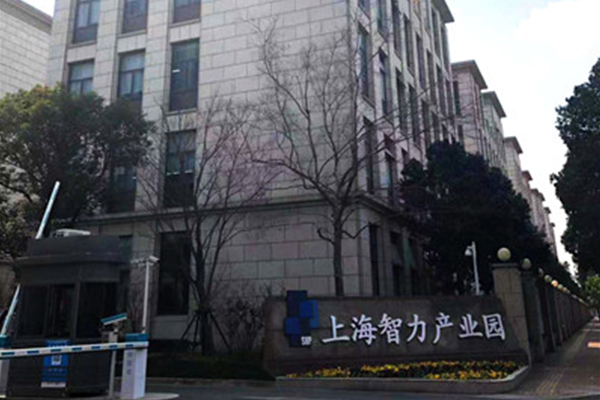
Official Operation of the R&D Center of Shanghai Peaks Measurement and Control Technology Co., Ltd
In order to strengthen the R&D force, better and faster provide technical services and support for customers, and also to facilitate customers to talk about product solutions and cooperation issues.
-
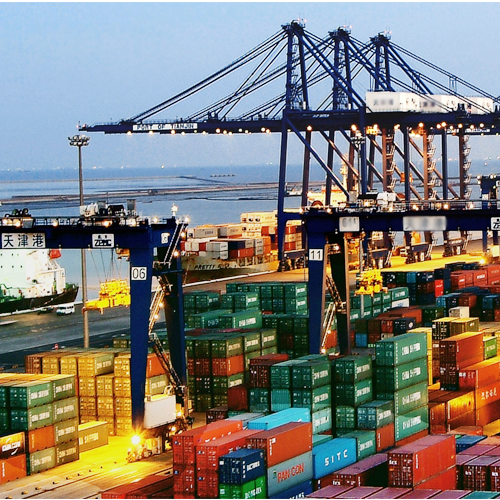
These Types of Enterprises May Be Affected By The Rise of The Raw material prices
The latest may Purchasing Managers' Index of manufacturing industry kept above 51% for three consecutive months, while the non-manufacturing Purchasing Managers' Index continued to rise to the second highest level in the year
-

How to install TV mount
When we install TV brackets, we have to face different types of TV brackets, so there are many different installation methods, so the most important thing in the installation process is to install them safely and firmly. What should we pay attention to when we install the TV bracket at home? How to install TV mount? Only in this way can it be safer and stronger. Now, Koford will detail how to install the TV stand.
-

Properties And Uses Of Kraft Paper
Brown paper is usually yellowish brown, high strength, commonly used as a packaging material. Kraft paper will also turn cream or white when partially or fully bleached.
-
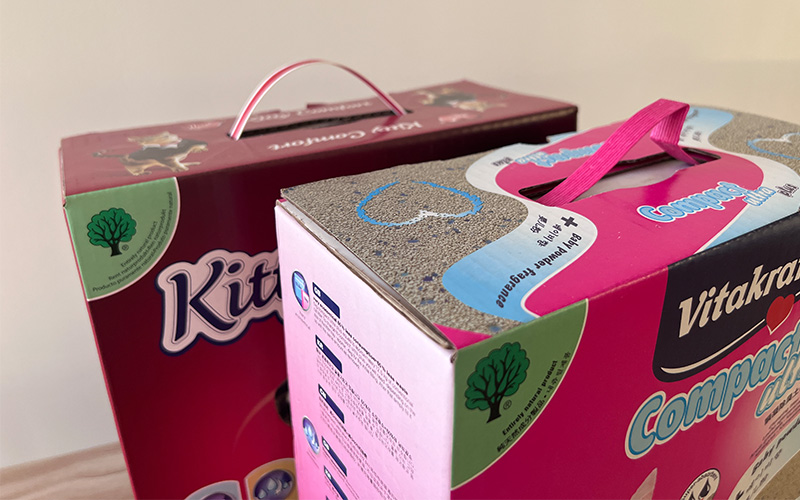
The Advantages Of Paper Handle In Various Application Stages
When we go into the supermarket, we often see the plastic handles on the boxes, which make it easier for us to take the goods. As many as 30 billion cartons a year require plastic handles.
-
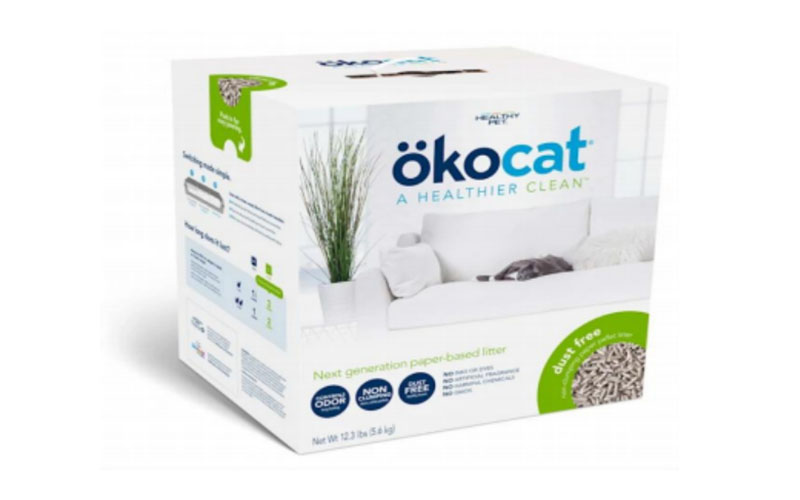
About The Carton Handle
Everything in the world has a value for appearance and existence, from construction to sewing, is small and inconspicuous! But it also has the value of existence, and the corresponding items will be different, so the appearance of the carton handle is really convenient for everyone's life.
-
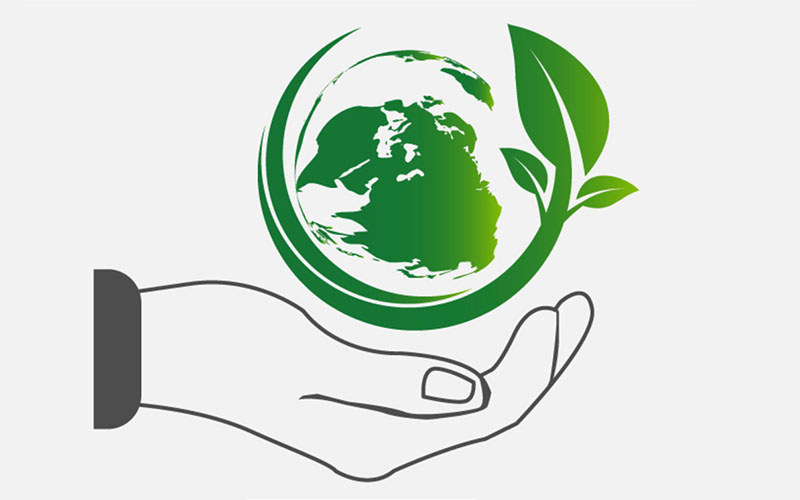
Paper Packaging Makes The World Greener
Paper packaging has always played an important role in our daily life. From refrigerators, televisions and other household appliances to carton handles, almost everything is wrapped in paper products.
-
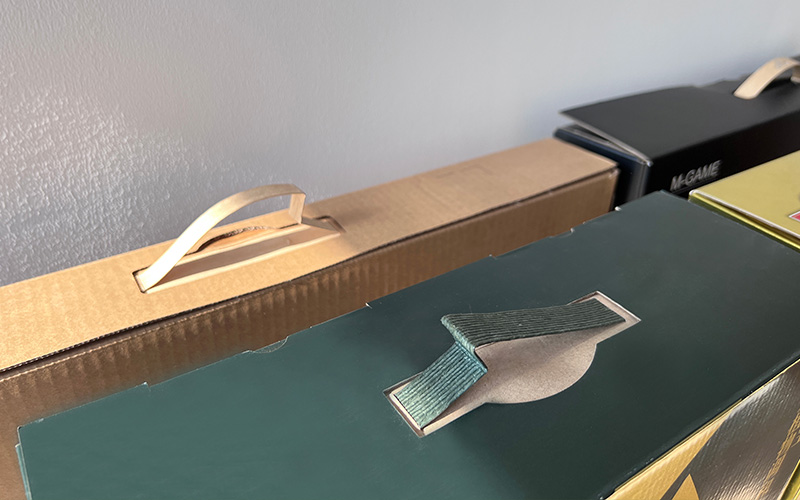
Environmentally Friendly And Innovative Paper Handles Not Only Bring Convenience And Beauty To Packaging
At present, most food, electrical appliances, toys and medicines are packaged in paper boxes. The top of the paper boxes is equipped with a handle, which is easy to carry and use. Most of the packing boxes on the market use plastic handles.
-

Understanding Of Environmentally Friendly Paper And Packaging, Simple Understanding Of The Concept Of Regeneration And Sustainable Development
Environmental protection is also an extremely important issue as far as paper and packaging are concerned. While some environmentally friendly packaging is relatively expensive compared to non-environmentally friendly materials due to technology and other reasons.

 English
English Español
Español Português
Português русский
русский français
français 日本語
日本語 Deutsch
Deutsch Tiếng Việt
Tiếng Việt Italiano
Italiano Nederlands
Nederlands ไทย
ไทย Polski
Polski 한국어
한국어 Svenska
Svenska magyar
magyar Malay
Malay বাংলা
বাংলা Dansk
Dansk Suomi
Suomi हिन्दी
हिन्दी Pilipino
Pilipino Türk
Türk Gaeilge
Gaeilge عربى
عربى Indonesia
Indonesia norsk
norsk اردو
اردو čeština
čeština Ελληνικά
Ελληνικά Українська
Українська Javanese
Javanese فارسی
فارسی தமிழ்
தமிழ் తెలుగు
తెలుగు नेपाली
नेपाली Burmese
Burmese български
български ລາວ
ລາວ Latine
Latine Қазақ
Қазақ Euskal
Euskal Azərbaycan
Azərbaycan slovenský
slovenský Македонски
Македонски Lietuvos
Lietuvos Eesti Keel
Eesti Keel Română
Română Slovenski
Slovenski मराठी
मराठी Српски
Српски 简体中文
简体中文 Esperanto
Esperanto Afrikaans
Afrikaans Català
Català עִברִית
עִברִית Cymraeg
Cymraeg Galego
Galego 繁体中文
繁体中文 Latvietis
Latvietis icelandic
icelandic יידיש
יידיש Беларус
Беларус Hrvatski
Hrvatski Kreyòl ayisyen
Kreyòl ayisyen Shqiptar
Shqiptar Malti
Malti lugha ya Kiswahili
lugha ya Kiswahili አማርኛ
አማርኛ Bosanski
Bosanski Frysk
Frysk ជនជាតិខ្មែរ
ជនជាតិខ្មែរ ქართული
ქართული ગુજરાતી
ગુજરાતી Hausa
Hausa Кыргыз тили
Кыргыз тили ಕನ್ನಡ
ಕನ್ನಡ Corsa
Corsa Kurdî
Kurdî മലയാളം
മലയാളം Maori
Maori Монгол хэл
Монгол хэл Hmong
Hmong IsiXhosa
IsiXhosa Zulu
Zulu Punjabi
Punjabi پښتو
پښتو Chichewa
Chichewa Samoa
Samoa Sesotho
Sesotho සිංහල
සිංහල Gàidhlig
Gàidhlig Cebuano
Cebuano Somali
Somali Точик
Точик O'zbek
O'zbek Hawaiian
Hawaiian سنڌي
سنڌي Shinra
Shinra հայերեն
հայերեն Igbo
Igbo Sundanese
Sundanese Lëtzebuergesch
Lëtzebuergesch Malagasy
Malagasy Yoruba
Yoruba



